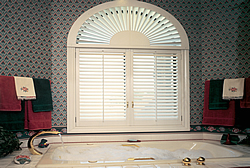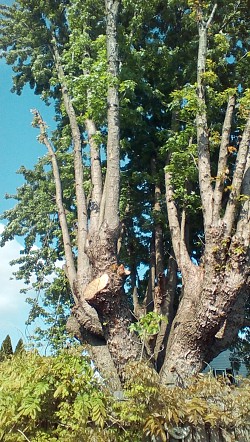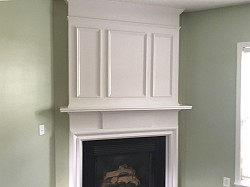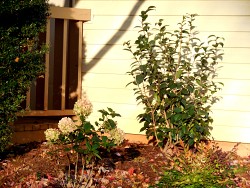Interior Shutters
Interior window shutters, as opposed to exterior shutters, are generally used for decorative purposes with a small amount of functionality. They are not required to protect the home from rain, cold or flying pests as exterior shutters are called upon to do. Interior shutters can be purely ornamental or provide some control over airflow, light and privacy. Let's take a look at the various types of interior window shutters, which offer different styles and functionality.
Louvered Shutters

Louvered shutters, the most common interior shutter treatments, come in movable and fixed types. The movable option is more functional, allowing you to position the louvers for best control of airflow, light direction and privacy. Fixed louvered shutters are purely decorative and when closed, block most of the air and light. Plantation shutters feature a wider louver, sometimes up to 3 to 4 inches, whereas standard louvers might be as narrow as 3/4 inch. Since wider louvers allow air to flow more freely, they're particularly useful in warm regions. They enjoy great popularity regardless of climate, though, for the strong architectural element they provide.
Interior Paneled Shutters

Interior paneled shutters were the traditional choice in the days before central heating was common. They were used to block the heat of the sun and keep drafts at bay. Generally speaking, they offer little control over light and airflow and these days offer a purely decorative old-style look.
Fabric Insert Shutters

Another nod to old-style charm are shutters that use a fabric insert rather than a flat panel or louvers. The fabric can be matched to the décor of the room and offer a charming, yet tailored, alternative to traditional fabric window coverings. As with other fixed shutter systems, fabric inserts don't allow for much flexibility of air or light control, unless you use sheer fabrics for a translucent effect.
Bahama Shutters

Bahama, or Bermuda, shutters have long been used in hot sunny climates for their excellent protection from strong sunlight, without impeding cooling breezes. These shutters, most commonly used on exteriors, hinge from the top of the window and pull away from the bottom. Generally, they are a single board, either flat panel or with downward facing fixed louvers, that covers the entire window opening. Bahama style shutters are increasingly used as interior shutters for their unique decorative qualities that bring to mind coastal and hot weather locations, especially in cold climates that require strong exterior protection from the elements.
Interior Shutters for Unique Window Shapes

Unique window shapes such as arched or circular windows may also be covered with decorative interior shutters. You'll likely need to hire a carpenter to custom build these shutters to your exact specifications, however.
All window shutters offer at least some control over light and airflow. The ability to keep out the hot sun, or let a cool breeze flow through, will have a tremendous effect on your comfort and energy usage. As we strive to be more and more energy efficient, the old ways of doing things -- blocking the sun, keeping cold drafts at bay -- are coming back into style like never before.
Updated May 6, 2018.
Looking for a Pro? Call us (866) 441-6648

Average Costs
Related Experiences

Contracted A Large Tree Trimming Job For A Reasonable Price

A Careful Interior Paint Job Increases Our Home’s Sales Appeal



